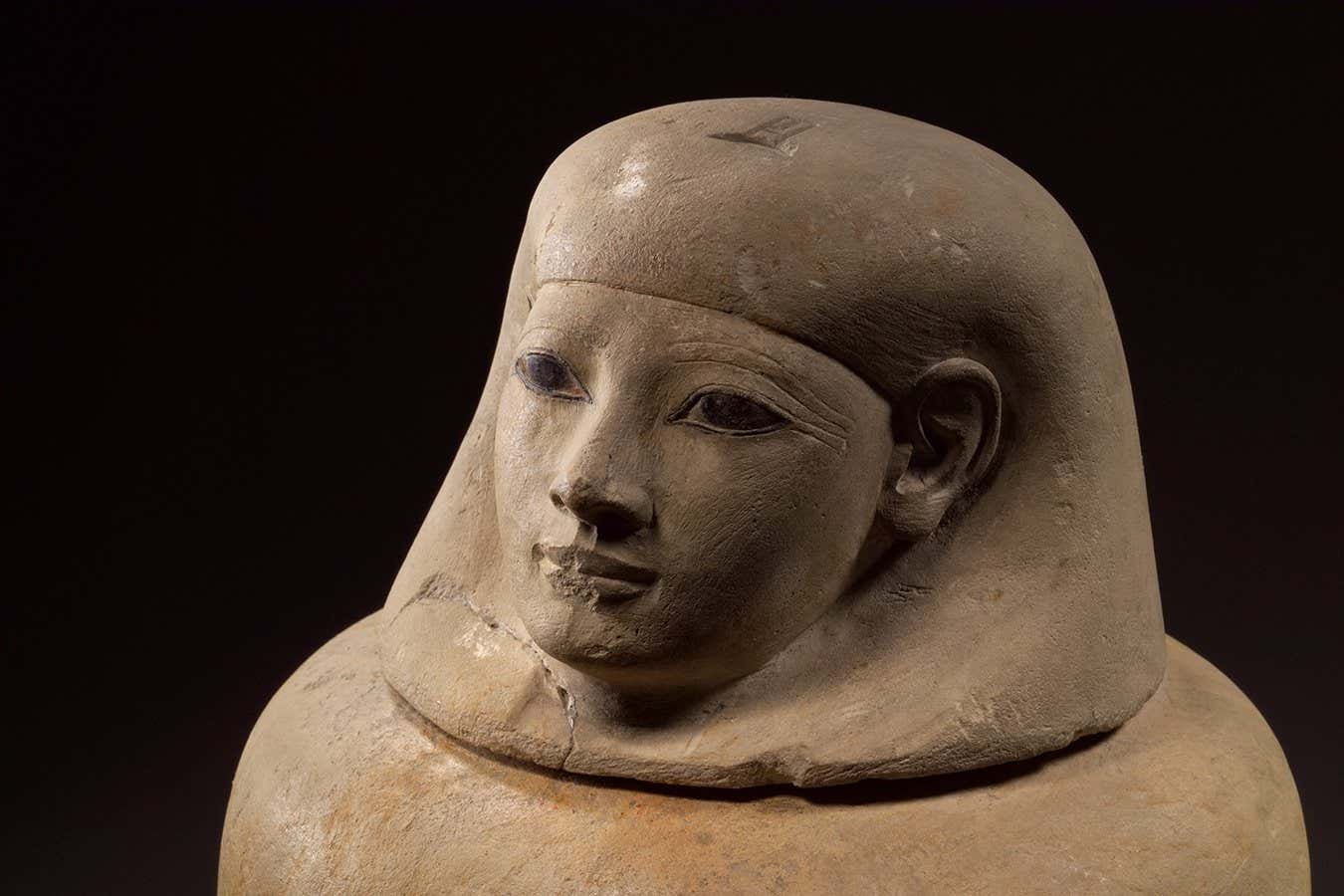Eternity smells like a concoction of beeswax, bitumen, plant oil, and tree resin. Researchers have recently analyzed the ingredients used to embalm an ancient Egyptian noblewoman named Senetnay, who died approximately 3500 years ago.
Studying the products used in mummification not only provides insights into how the ancient Egyptians treated their dead, but also sheds light on the trade routes they relied on to acquire uncommon ingredients.
Senetnay is believed to have cared for Amenhotep II, a pharaoh of Egypt’s 18th dynasty, which also included renowned rulers like Tutankhamun and Hatshepsut. She was buried in the Valley of the Kings near the ancient town of Thebes, present-day Luxor.
Researchers at the Max Planck Institute of Geoanthropology in Germany, led by Barbara Huber, used advanced analytical technology such as gas chromatography-mass spectrometry to analyze the chemical composition of the balm residue found in jars containing Senetnay’s organs during the mummification process.
Huber states that this is the most complex mummification balm discovered from this period in Egyptian history, and the extracted scent is so intricate that she refers to it as “the scent of eternity.”
The dominant smell of the balm is described as a strong pine-like woody scent mixed with a sweeter undertone of beeswax. Additionally, it has a strong smoky scent of bitumen, resembling freshly laid tar on a street.
Of particular interest to Huber’s team were the tree resins used. Their analysis suggests that the balm likely contained resin from larch trees and possibly from pistachio trees or dammar gum, sourced from trees in Southeast Asian forests.
These ingredients are not naturally found in Egypt, indicating that the ancient Egyptians were trading via extensive routes earlier than previously believed. A study published earlier this year found dammar in a mummification balm used in ancient Egypt, but Senetnay’s mummy predates that example by a thousand years.
Sean Coughlin from the Czech Academy of Sciences, who was not involved in the study, suggests that if the ingredients are indeed what they are identified as, it suggests a more globally connected world than previously thought. This raises questions about the equipment, skills, and ideas that would have traveled along these trade routes.
Huber, the lead researcher, has unanswered questions regarding the selection of these balms and whether they were chosen for their antimicrobial or insecticidal properties. She also wonders if different balms were used to mummify different organs and if this choice held any intentional significance.
This research is a valuable addition to the limited information available about embalming materials used during the 18th dynasty of ancient Egypt.
While the ceremony and the details surrounding it remain unknown, it is evident that the knowledge of mummification was closely guarded or kept secret, as there is no existing written documentation about the process.








